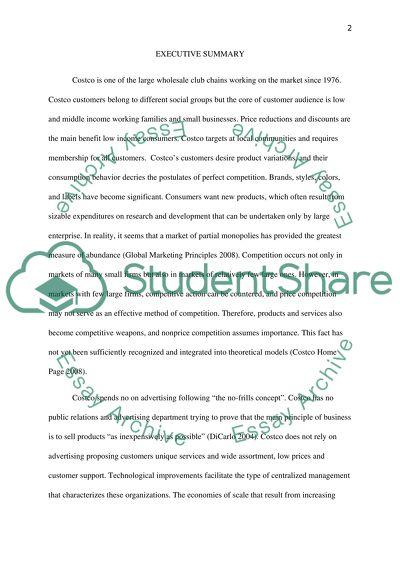Cite this document
(“Coscto Wholesale Corporation Case Study Example | Topics and Well Written Essays - 2000 words”, n.d.)
Retrieved from https://studentshare.org/miscellaneous/1519243-coscto-wholesale-corporation
Retrieved from https://studentshare.org/miscellaneous/1519243-coscto-wholesale-corporation
(Coscto Wholesale Corporation Case Study Example | Topics and Well Written Essays - 2000 Words)
https://studentshare.org/miscellaneous/1519243-coscto-wholesale-corporation.
https://studentshare.org/miscellaneous/1519243-coscto-wholesale-corporation.
“Coscto Wholesale Corporation Case Study Example | Topics and Well Written Essays - 2000 Words”, n.d. https://studentshare.org/miscellaneous/1519243-coscto-wholesale-corporation.


